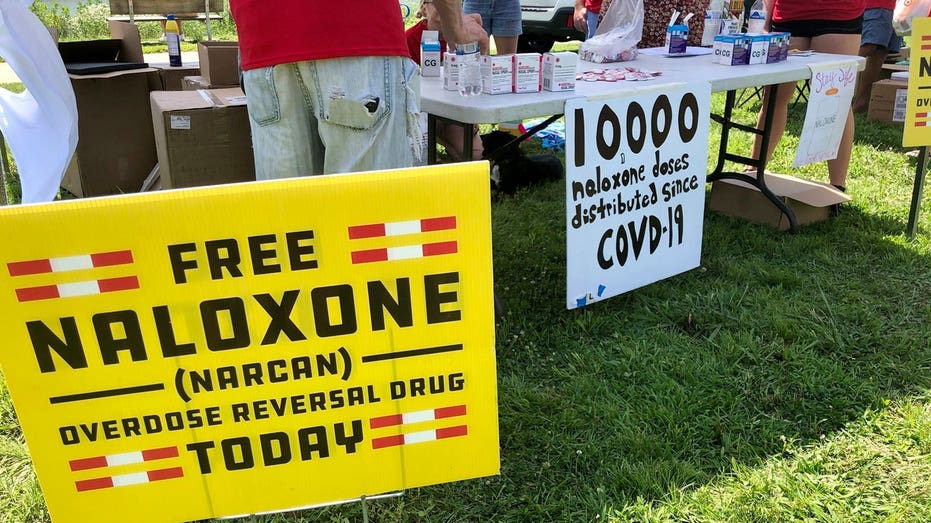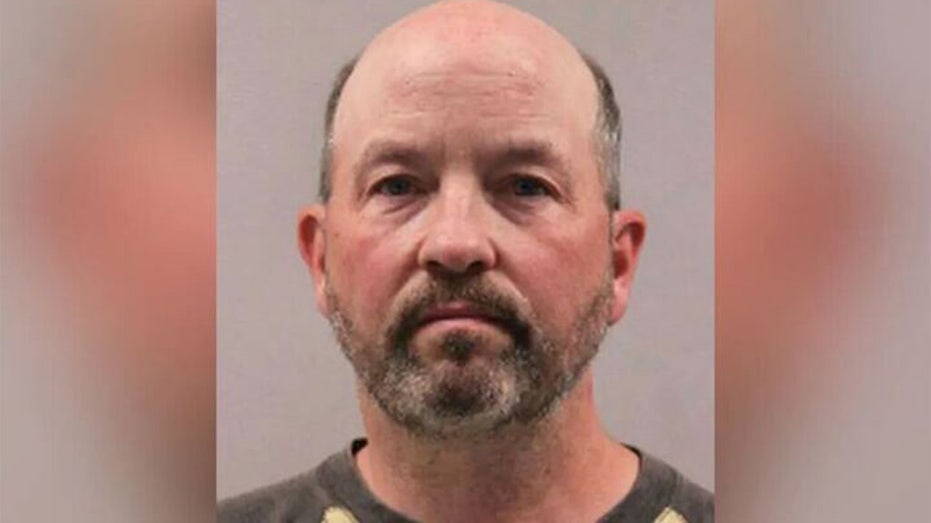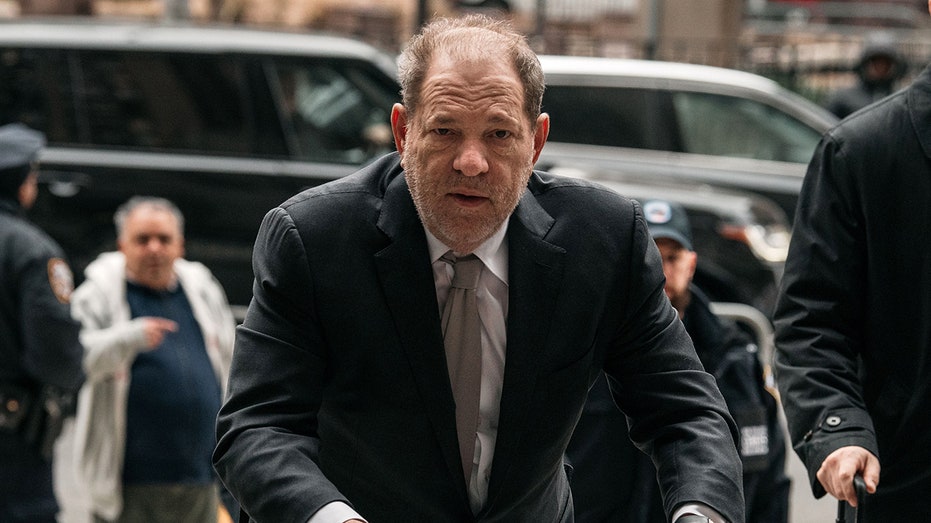A federal appeals court asked West Virginia’s highest court Monday whether opioid distributions can cause a public nuisance as it reviews a landmark lawsuit against three major U.S. drug distributors accused of causing a health crisis in one of the state’s counties.
In July 2022, a federal judge in Charleston, West Virginia, ruled in favor of AmerisourceBergen Drug Co., Cardinal Health Inc. and McKesson Corp. The lawsuit accused them of distributing 81 million pills over eight years in Cabell County, which has been ravaged by opioid addiction.
The verdict came nearly a year after closing arguments in a bench trial in the lawsuit filed by Cabell County and the city of Huntington.
CONSUMER GROUP REVEALS LEFT-WING GROUPS INCREASINGLY USING COURTS TO PUSH GREEN NEW DEAL
The lawsuit alleged the distributors created a public nuisance and ignored the signs that the area was being ravaged by addiction. But U.S. District Judge Faber said West Virginia’s Supreme Court has only applied public nuisance law in the context of conduct that interferes with public property or resources. He said to extend the law to cover the marketing and sale of opioids “is inconsistent with the history and traditional notions of nuisance.”
The 4th U.S. Circuit Court of Appeals in Richmond, Virginia, sent a certified question to the West Virginia Supreme Court, which states: “Under West Virginia’s common law, can conditions caused by the distribution of a controlled substance constitute a public nuisance and, if so, what are the elements of such a public nuisance claim?”
If the Supreme court answers the question “no,” that means the current appeal is over, according to the 4th Circuit.
The appeals court noted that the West Virginia Mass Litigation Panel, which works to resolve complex cases in state court, has concluded in several instances that opioid distribution “can form the basis of a public nuisance claim under West Virginia common law.”
Carl Tobias, a University of Richmond law professor, said the West Virginia Supreme Court is the authoritative source on interpreting state substantive law and has not ruled on the public nuisance question as it relates to the distribution, sale and use of opioids.
In his decision, Faber also noted that the plaintiffs offered no evidence that the defendants distributed controlled substances to any entity that didn’t hold a proper registration from the U.S. Drug Enforcement Administration or the state Board of Pharmacy. The defendants also had suspicious monitoring systems in place as required by the Controlled Substances Act, he said.
In 2021 in Cabell County, an Ohio River county of 93,000 residents, there were 1,067 emergency responses to suspected overdoses — significantly higher than each of the previous three years — with at least 162 deaths. In the first two months of this year, suspected overdoses prompted at least 115 emergency room visits, according to preliminary data from the state Department of Human Services’ Office of Drug Control Policy.
The plaintiffs had sought more than $2.5 billion that would have gone toward abatement efforts. The goal of the 15-year abatement plan would have been to reduce overdoses, overdose deaths and the number of people with opioid use disorder.
Thousands of state and local governments have sued over the toll of opioids. The suits relied heavily on claims that the companies created a public nuisance by failing to monitor where the powerful prescriptions were ending up. Most of the lawsuits settled as part of a series of nationwide deals that could be worth more than $50 billion. But there wasn’t a decisive trend in the outcomes of those that have gone to trial.




